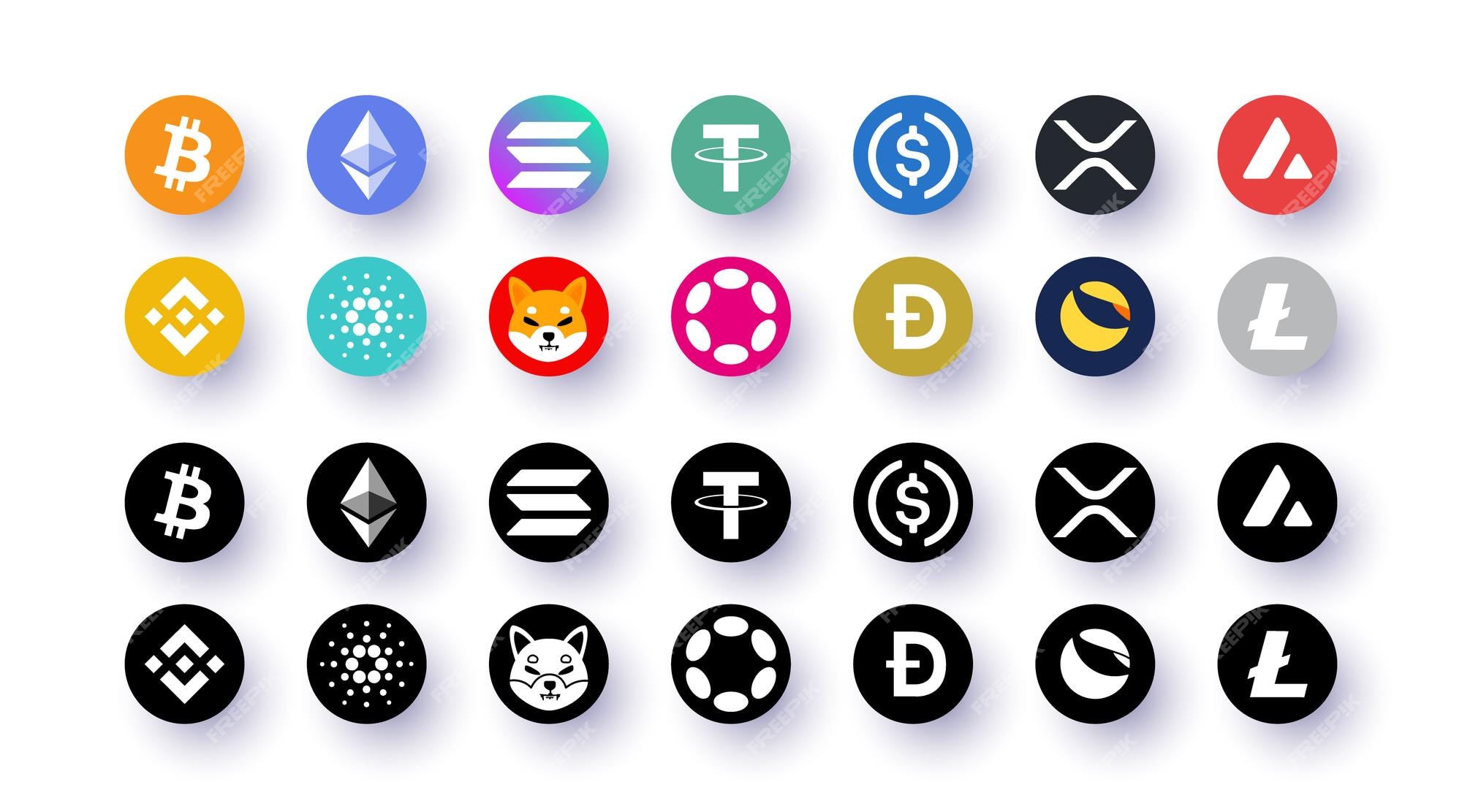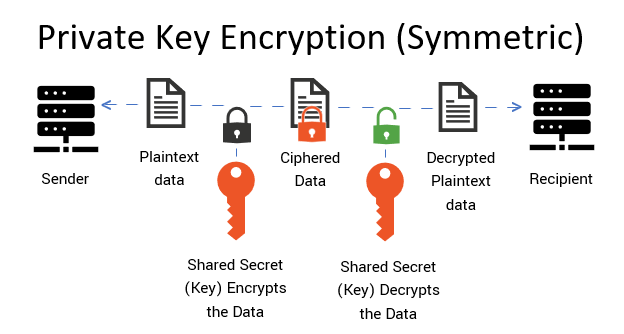Transition to web3.0 using blockchain as core technology
Next generation internet web3.0
The invention of Bitcoin and blockchain technology lays the foundation for the next generation of hi
s web applications. Applications that run in a peer-to-peer networking model using existing networking and routing protocols. Applications where centralized servers have become obsolete and data is controlled by the entity to which it belongs, i.e. the user. From Web1.0 to Web2.0
As you know, Web 1.0 was a static web and most of the information was static and flat. A big shift happened when user-generated content went mainstream. Projects such as WordPress, Facebook, Twitter, and YouTube have been nominated as Web 2.0 sites that actually create and use content such as video, audio, and images. But the problem was not the content. It was the architecture. The centralized nature of the web also creates a plethora of security threats, data collection for malicious purposes, invasion of privacy, and costs.
The invention of Bitcoin and the successful use of a decentralized, peer-to-peer secure network opened up an opportunity to take a step back and redesign how the web works. Blockchain is becoming the backbone of the new web – Web 3.0.
Blockchain history
The invention of blockchain went mainstream after the Bitcoin boom of 2018. See the graph below. Bitcoin peaked at around $20,000. But the technology powering blockchain networks is not new. These concepts were researched and developed in the 90s. Look at this timeline.
Concepts such as proof of work, peer-to-peer networks, public-key cryptography, and consensus algorithms for distributed computing that power blockchains have been researched and developed in the 90s by various universities and computer scientists.
These algorithms and concepts are mature and field-tested by various organizations. Satoshi Nakamoto combined these technologies and ideas to build a decentralized, immutable, peer-to-peer database used primarily for financial purposes.
Initially, we all thought that blockchain was only good for cryptocurrencies and not for other applications, and this idea was inspired by Vitalik buterin, a new smart Ethereum crypto with his contract capabilities. I was challenged when I developed the currency.
Smart contracts changed everything. The ability to code your own applications and run them on the blockchain was the answer to critics who thought blockchain was only for currencies.
“Cryptocurrency is a small subset of blockchain, like email for the internet.”
Smart contracts open up a wave of new applications. Viral gaming crypto kitties show that blockchain can handle large-scale end applications such as games.
Smart contracts are written in the Solidity language and can run on the Ethereum network. Ethereum's protocol and design inspired engineers to build an open-source and blockchain-agnostic platform for building decentralized applications.
Conclusion
The decentralized web or web 3.0 is the future. To tackle the existing web problems, we need to design robust and secure peer-to-peer networks. Ethereum and IPFS are leading the way in developing a development suite for developers like us to start developing the core applications needed for a smooth transition from the existing web to the decentralized web.




